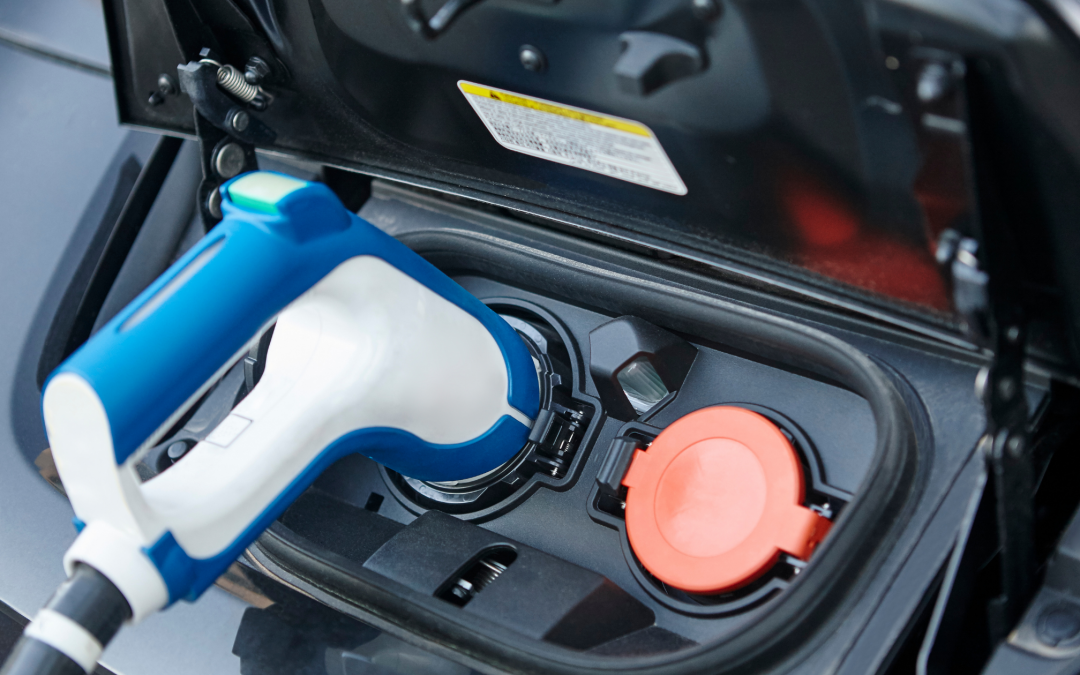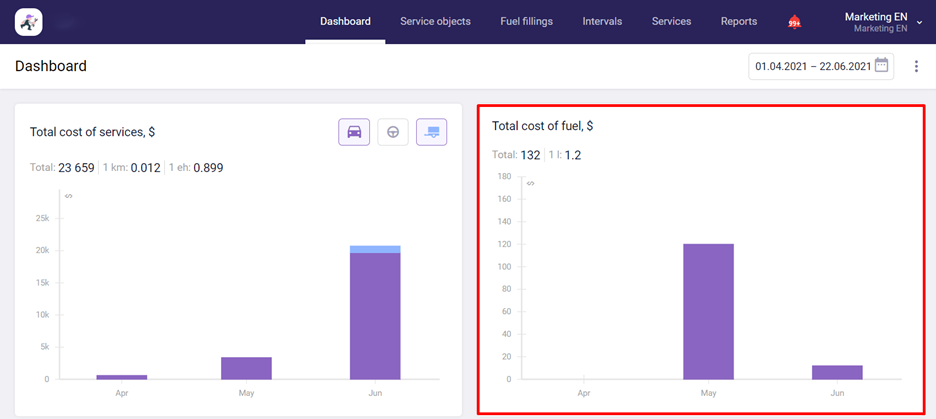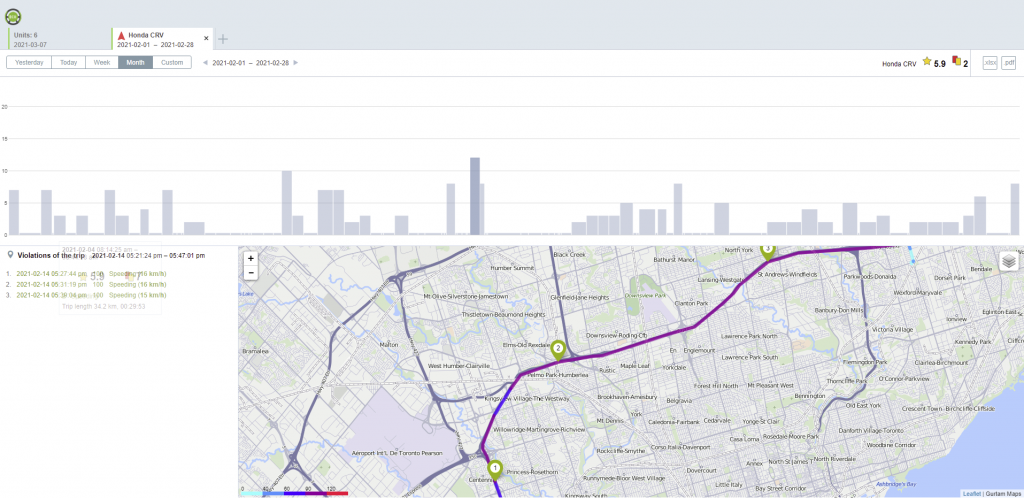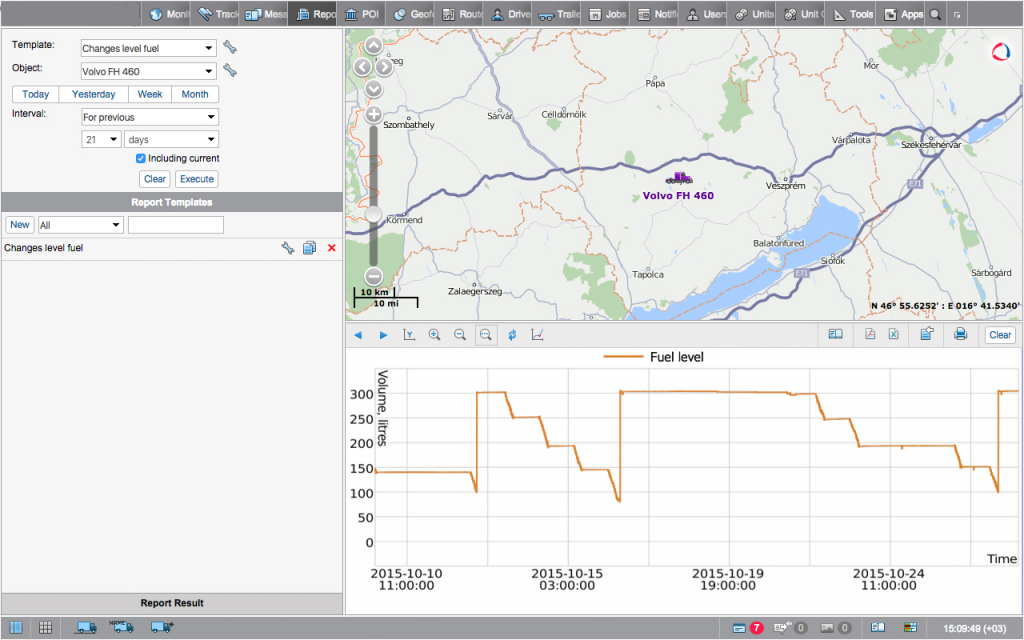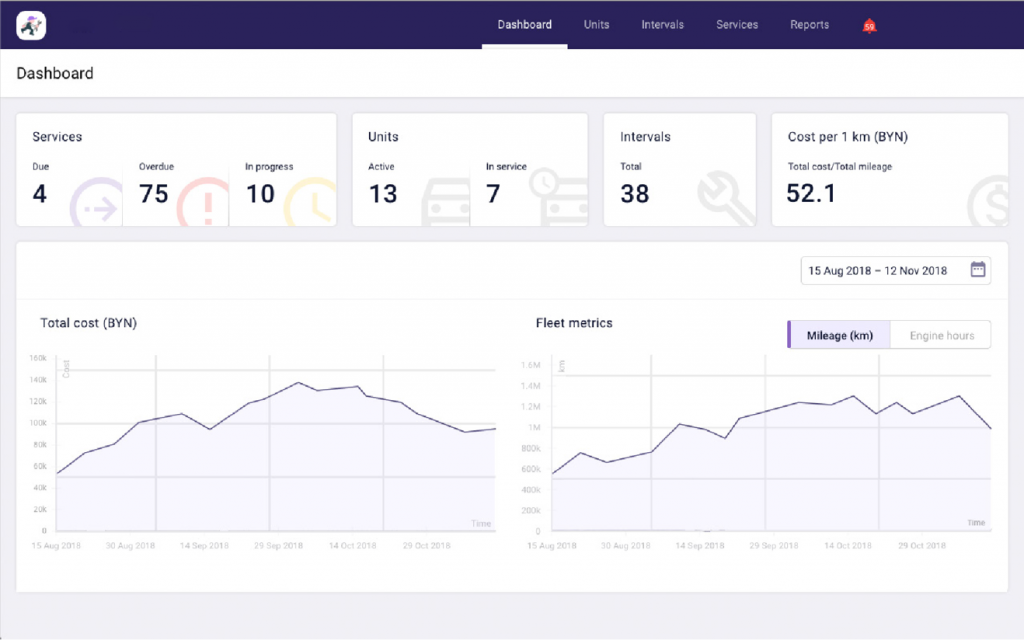The Biden administration has ordered federal agencies to develop tighter fuel efficiency, greenhouse gas, and oxides of nitrogen emissions standards for medium- and heavy-duty trucks last week.
The fuel economy and emissions requirements proposed by the Environmental Protection Agency (EPA) and Department of Transportation would strengthen regulations eased by the Trump administration, trying to get back to a stricter path planned by former President Barack Obama in 2012.
“Today, I am following through with a campaign commitment to reverse the previous administration’s short-sighted rollback of vehicle emissions and efficiency standards.”
President Joe Biden said at a White House event to announce the new standards.
At the beginning of August, President Biden issued an Executive Order that aimed at promoting the sales of zero-emission vehicles and calling on EPA and the Department of Transportation to consider setting new emissions and fuel efficiency standards.
In the Executive Order, Biden states that “America must lead the world on clean and efficient cars and trucks. That means bolstering our domestic market by setting a goal that 50 percent of all new passenger cars and light trucks sold in 2030 be zero-emission vehicles, including battery electric, plug-in hybrid electric, or fuel cell electric vehicles.”.
In addition, President Biden also calls for EPA and DOT to issue final rules by July 2024 addressing;
- Multi-pollutant emission standards including greenhouse gas emissions, for light- and medium-duty vehicles
- Fuel economy standards for passenger cars and light-duty trucks
- Fuel efficiency standards for heavy-duty pickup trucks and vans
- Greenhouse gas emissions standards for heavy-duty engines and vehicles
- Fuel efficiency standards for medium-and heavy-duty engines and vehicles
What about Canada?
The Government of Canada has mandated and revised stringent regulations which mostly mirror the U.S. regulations;
- On-Road Vehicle and Engine Emission Regulations – Tier 2 – 2004-2016 model years
- Passenger Car and Light Duty Truck GHG Emission Regulations – 2011–2016 model years
- Heavy-Duty Vehicle & Engine GHG Emission Regulations – 2014–2018 model years
- Passenger Car and Light Duty Truck GHG Emission Regulations – 2017–2025 model years
- On-Road Vehicle and Engine Emission Regulations – Tier 3 – 2017-2025 model years
- Heavy-Duty Vehicle & Engine GHG Emission Regulations – 2019–2027 model years (in development)
Source: Canadian Vehicle Manufacturers’ Association
How your company can adjust to this change
Adopting the new regulations is challenging and now it’s still uncertain how these regulations impact truck industries. However, it’s for sure that the truck industry will need to take the next leap in sustainability no later than 2030.
What you can prepare
Fuel
Analyzing and improving driving behavior, such as acceleration, braking, speeding, and reckless driving can save fuel usage. Observing speed limits and driving patterns will help you educate your drivers and improve their skills is a contributing factor in driving cost savings for your fleet. The US Department of Energy reports that after a driver reaches 50mph, as mileage starts to decrease, each 5mph you drive over 50mph can cost you an additional $0.15 per gallon for gasoline.
Fleet Management Software provides impactful and relevant data of all activities such as driving behavior, fuel costs, mileage, idling time, the total cost per travel, etc…
Using Fleet Management Software results in fleet-wide average savings of 15% or more on fuel costs and an increase of 30% or more on overall fleet efficiency.
Energy
Real-time performance reports of your equipment and machinery can help improve energy efficiency. Fleet Management Software provides better visibility into equipment energy efficiency to help improve the performance and reliability of equipment and machinery.
Pollutants
Air pollution is becoming a major issue in many of the world’s large cities and heavy-duty vehicles are a massive contributor.
Fleet management system enables you to provide drivers with the most optimal route for your fleet each day, which also considers real time traffic conditions. These enhancements drastically reduce travel time, engine idling and the release of harmful pollutants into the air.
Zero Emissions
GPS fleet tracking technology also can contribute to improvements in CO2 monitoring. You can track exactly which vehicle and how much a vehicle is contributing to poor air quality by the data from GPS feet telematics. Using this data and reports from Fleet Management Software, you can get the complete picture of vehicle utilization, carbon emissions and fuel consumption.
Our commitment to sustainability
Sustainability is a core value of Arpaway and our technology helps our customers, society, and employees improve their environmental impact as we all walk together towards the same goal – zero emissions, reduce pollutants, and fuel & energy efficiencies.
Contact us today
Email: info@arpaway.com
Tel: +1-888-885-5202

